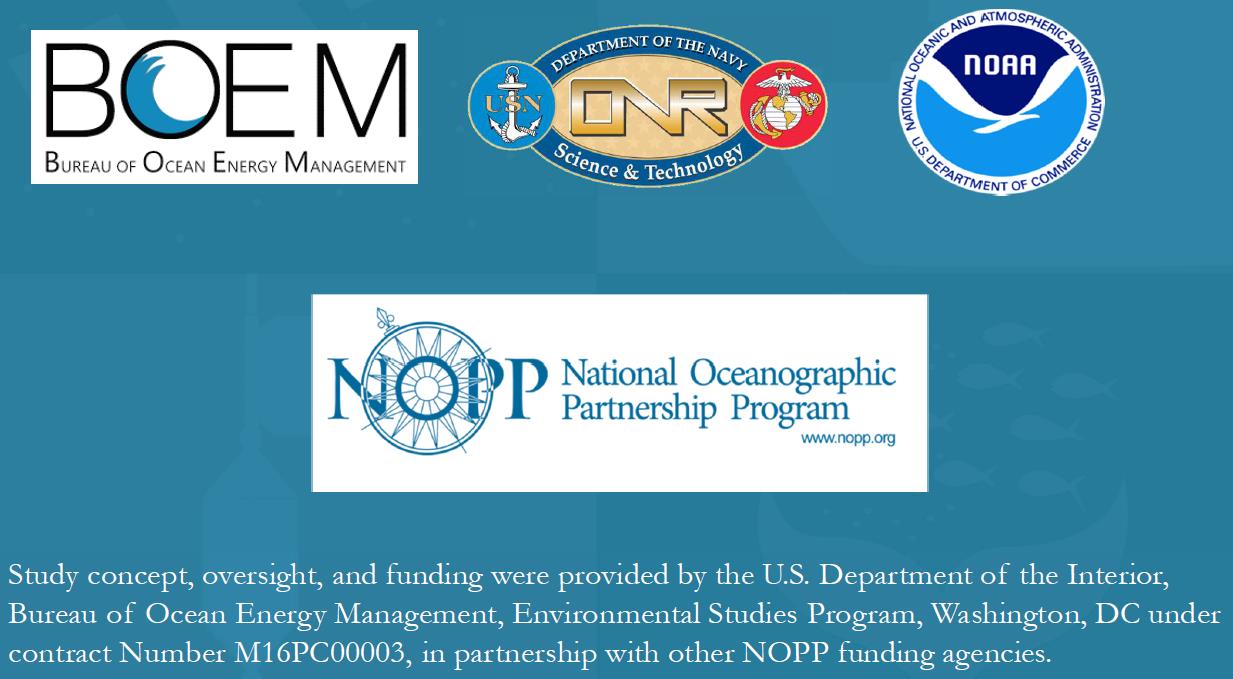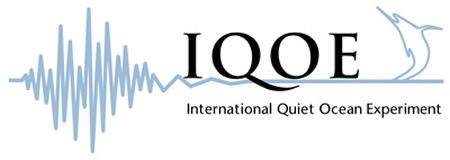Today’s blog is written by Sebastian Velez, MS graduate student at Florida Atlantic University. It is exciting to have Sebastian out sailing with ADEON because 1) it is extra hands to work up samples, and 2) Sebastian is a bridge between ADEON and a related sister National Oceanographic Partnership Program project called DEEP SEARCH. You can learn more about >> DEEP SEARCH <<click here, or use #DeepSearch.
My name is Sebastian Velez and I am currently a master’s student at Florida Atlantic University researching how currents can affect the distribution of larval snappers and groupers in the Gulf of Mexico. I was invited aboard this ADEON cruise to help with the identification of fishes caught in the Bongo and Isaacs-Kidd Midwater Trawl (IKMT) nets we have been using. The bongo nets are basically two nets which are attached to one another side by side and are towed simultaneously. Both nets within the Bongo apparatus have relatively small mesh sizes (333 micrometers – 1000 micrometers) and are only towed for a short amount of time. The IKMT net has a mesh size of about 2mm and is towed at depth for a much longer period of time than the Bongo nets at a speed of about 2-3 knots (not that fast). As a result of these relatively small mesh sizes and the slow tow speed, the types of organisms we are able to catch are limited to zooplankton and other animals not strong enough to swim out of the way of our nets.

|

|

|
Some of the more interesting things we’ve had come on board thus far include larval eels known as leptocephali, spoonbill eels, some larval flatfishes, juvenile cods/hakes, frogfish, batfish, juvenile cods/hakes, juvenile scad and flying fish, and a dragonet. What is interesting about many of these fishes is that their juveniles can be transported over vast distances thanks to the currents, specifically in this case to the Gulf Stream. The Gulf Stream is a powerful warm water current that comes from the gulf of Mexico, wraps around the southern tip of Florida, and then makes its way up the east coast of the United States. It’s not unusual to see tropical species like groupers and butterfly fishes, associated with the tropics, getting sucked in and transported north into the Gulf of Maine. I’m looking forward to identifying more fishes from our future tows and seeing what else we might find, the weirder and more out of place the better!


